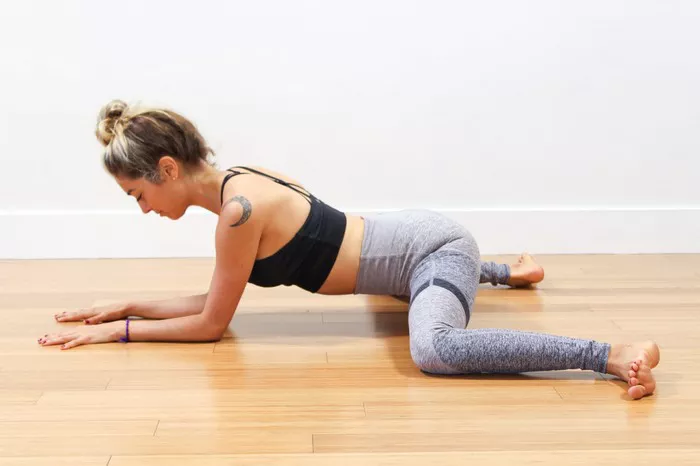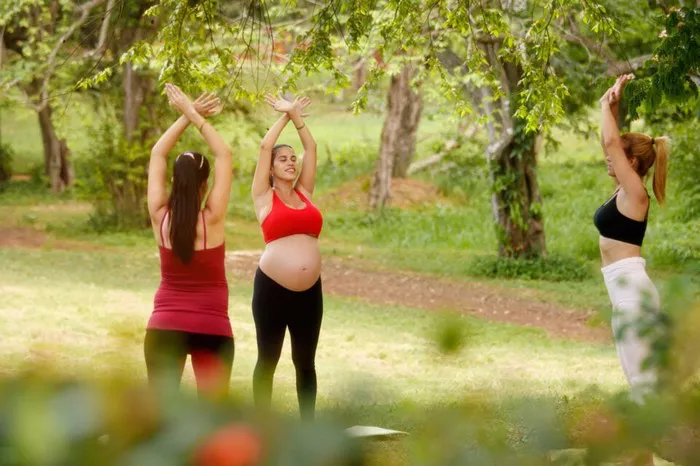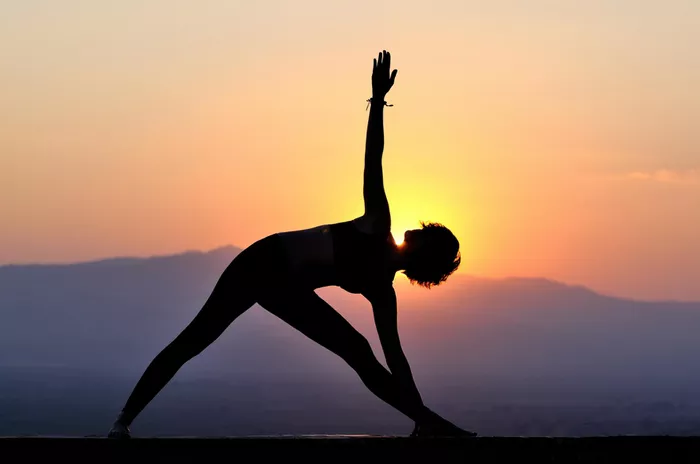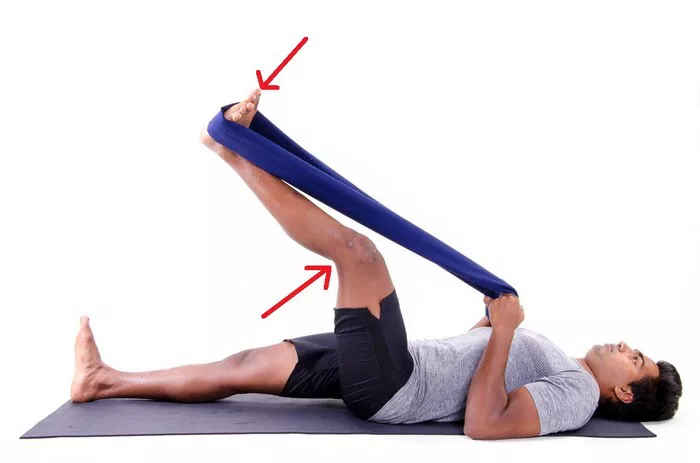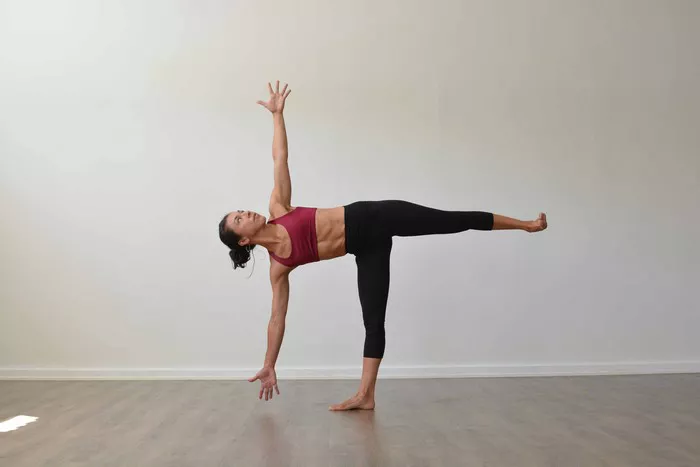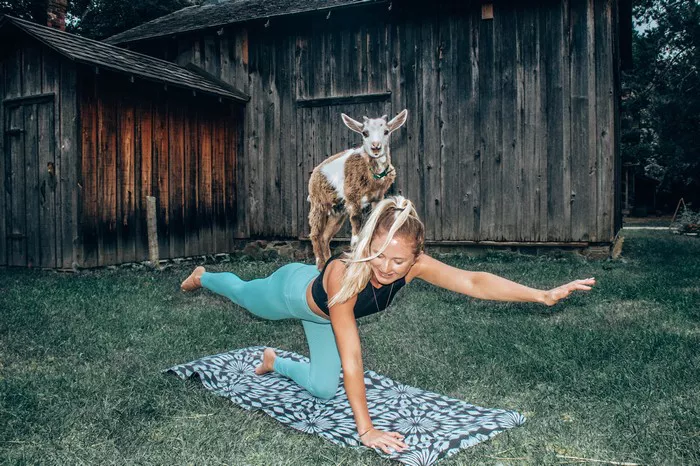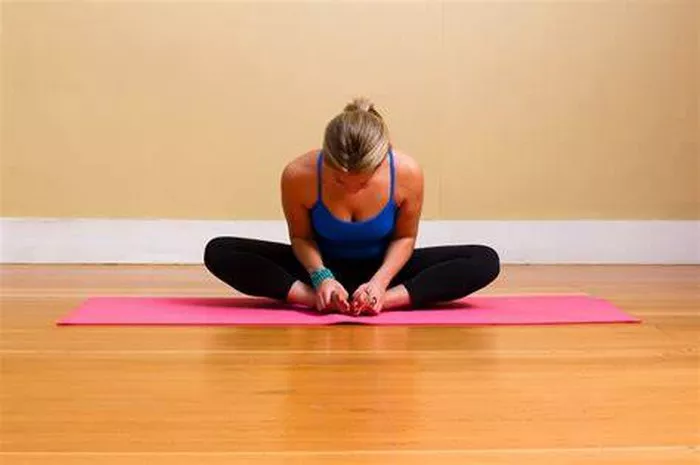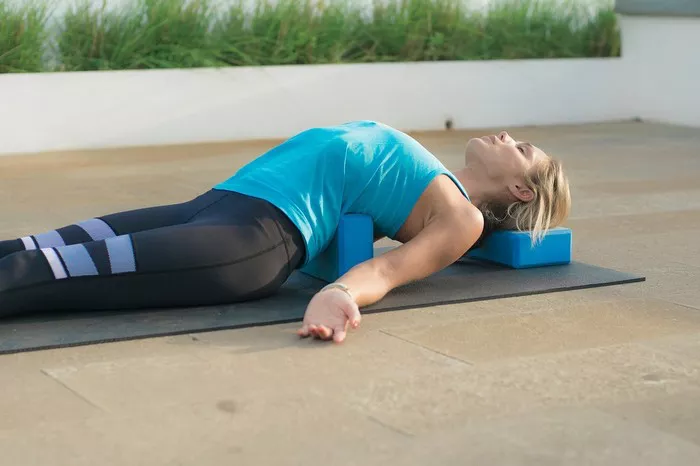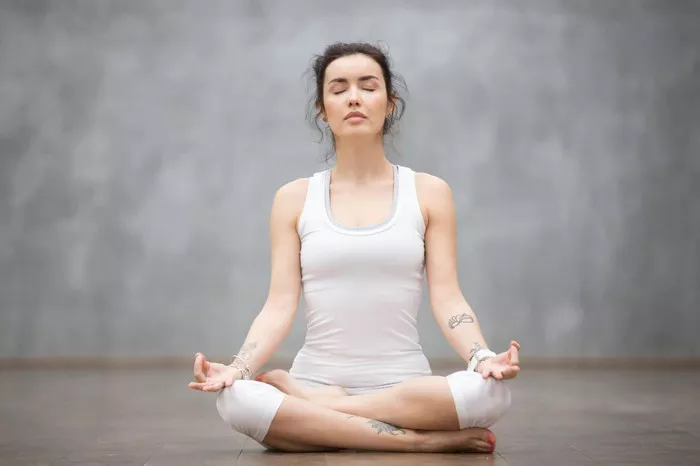Yoga, an ancient practice dating back thousands of years, encompasses a vast array of postures, each offering unique benefits to the mind, body, and spirit. Among these poses, the Frog Pose stands out as a powerful and transformative asana. In this comprehensive guide, we delve into the origins and symbolism of the Frog Pose, its physical and mental benefits, variations and modifications, step-by-step instructions, as well as precautions and contraindications to ensure a safe and fulfilling practice.
Origins and Symbolism
The Frog Pose, known as Mandukasana in Sanskrit, traces its roots to traditional Hatha Yoga practices. The Sanskrit term “Manduka” translates to “frog,” reflecting the posture’s resemblance to the amphibious creature. Historically, yoga postures often drew inspiration from nature, with animals serving as symbolic representations of various qualities and attributes.
Symbolically, the frog embodies qualities of transformation, adaptability, and fertility. Just as a frog transitions effortlessly between land and water, practitioners of Frog Pose aim to cultivate flexibility and fluidity in both body and mind. Additionally, the posture’s association with the throat chakra (Vishuddha) highlights its potential for enhancing communication and self-expression.
Physical and Mental Benefits
The Frog Pose offers a multitude of physical and mental benefits, making it a valuable addition to any yoga practice:
1. Stimulates the Abdominal Organs: By compressing the abdomen, Frog Pose stimulates the digestive organs, promoting detoxification and improved digestion.
2. Strengthens the Core and Pelvic Floor: Holding the posture requires engagement of the core and pelvic floor muscles, leading to increased strength and stability in these areas.
3. Opens the Hips and Groin: Frog Pose provides a deep stretch to the inner thighs, groin, and hip flexors, helping to release tension and improve flexibility in these areas.
4. Improves Circulation: The gentle compression of the abdomen and pelvic region in Frog Pose can enhance blood flow to the abdominal organs, promoting overall circulation and vitality.
5. Energizes the Body: The combination of compression and expansion in Frog Pose can create a rejuvenating effect, revitalizing the body and mind.
6. Calms the Mind: Practicing Frog Pose with mindful breathing can induce a sense of calm and relaxation, making it beneficial for reducing stress and anxiety.
Variations and Modifications
While Frog Pose is accessible to practitioners of various levels, modifications and variations can be employed to accommodate individual needs and abilities:
1. Supported Frog Pose: Placing a bolster or folded blanket under the hips can provide additional support and reduce strain on the knees and lower back.
2. Half Frog Pose: For those with limited flexibility, bending one leg at a time while keeping the other leg extended can offer a gentler stretch to the hips and groin.
3. Dynamic Frog Pose: Incorporating movement into Frog Pose, such as gently rocking back and forth or pulsing the hips, can enhance the stretch and increase mobility in the hip joints.
4. Wall-Assisted Frog Pose: Practicing Frog Pose with the support of a wall can help maintain proper alignment and provide a sense of stability for beginners.
5. Advanced Frog Pose Variations: Advanced practitioners may explore deeper variations of Frog Pose, such as lifting the chest and extending the arms overhead or transitioning into a bound variation by clasping the hands behind the back.
Step-by-Step Instructions
Follow these step-by-step instructions to practice Frog Pose safely and effectively:
1. Begin in a tabletop position on the mat, with your wrists directly under your shoulders and your knees under your hips.
2. From tabletop, slowly widen your knees toward the edges of the mat, keeping your ankles directly behind your knees.
3. Flex your feet and press the tops of your feet firmly into the mat.
4. Gently lower your pelvis toward the floor, keeping your spine long and your chest lifted.
5. Allow your hips to sink toward the ground as you find a comfortable stretch in your inner thighs and groin.
6. If comfortable, you can walk your hands forward, lowering your chest toward the mat while maintaining length in your spine.
7. Stay in the pose for 5-10 deep breaths, maintaining steady inhales and exhales through the nose.
8. To release the pose, slowly walk your hands back, bringing your torso upright, and then gently draw your knees together to return to tabletop position.
Precautions and Contraindications
While Frog Pose offers numerous benefits, it is essential to practice with caution and awareness, especially if you have any pre-existing health conditions or injuries. Consider the following precautions and contraindications before attempting Frog Pose:
1. Knee Injuries: Individuals with knee injuries should approach Frog Pose with caution, avoiding excessive strain on the knees by using props or modifying the posture as needed.
2. Lower Back Issues: If you have lower back issues or discomfort, it is advisable to support your hips with props or opt for a gentler variation of Frog Pose to avoid exacerbating any existing issues.
3. Pregnancy: Pregnant individuals should practice Frog Pose with caution, avoiding deep compressions of the abdomen and modifying the posture as necessary to ensure comfort and safety.
4. High Blood Pressure: Those with high blood pressure should practice Frog Pose mindfully, avoiding excessive strain and focusing on steady, controlled breathing to prevent spikes in blood pressure.
5. Recent Surgery: If you have undergone recent abdominal or pelvic surgery, consult with your healthcare provider before attempting Frog Pose to ensure it is safe for your recovery process.
Conclusion
In conclusion, Frog Pose stands as a potent symbol of transformation and resilience in the practice of yoga. By exploring its origins, embracing its symbolism, and harnessing its profound benefits, practitioners can cultivate greater strength, flexibility, and inner harmony on and off the mat. Remember to approach Frog Pose with mindfulness, respect your body’s limitations, and listen to its wisdom as you embark on this transformative journey of self-discovery through yoga.
FAQs:
How long should I hold Frog Pose?
The duration for holding Frog Pose can vary depending on your comfort level and flexibility. Generally, holding the pose for 30 seconds to 2 minutes per repetition is recommended. You can gradually increase the duration as you become more accustomed to the stretch, aiming for longer holds over time to deepen the benefits.
Is frog pose bad for hips?
Frog Pose is generally considered beneficial for the hips when performed correctly and with proper alignment. However, if you have pre-existing hip issues or discomfort, it’s advisable to approach the pose with caution and possibly consult a healthcare professional or a certified yoga instructor for guidance. Modifications and props can be used to adapt the pose to suit individual needs and limitations.
Is frog pose good for pelvic floor?
Frog Pose can be beneficial for the pelvic floor muscles, as it involves engaging the inner thigh muscles and activating the pelvic floor. This can help in improving pelvic floor strength and stability, which is essential for overall pelvic health and function. However, it’s important to practice the pose mindfully and avoid overstraining, especially if you have pelvic floor issues or are pregnant. Consulting with a qualified yoga instructor or pelvic health specialist can provide personalized guidance on safely incorporating Frog Pose into your practice.

